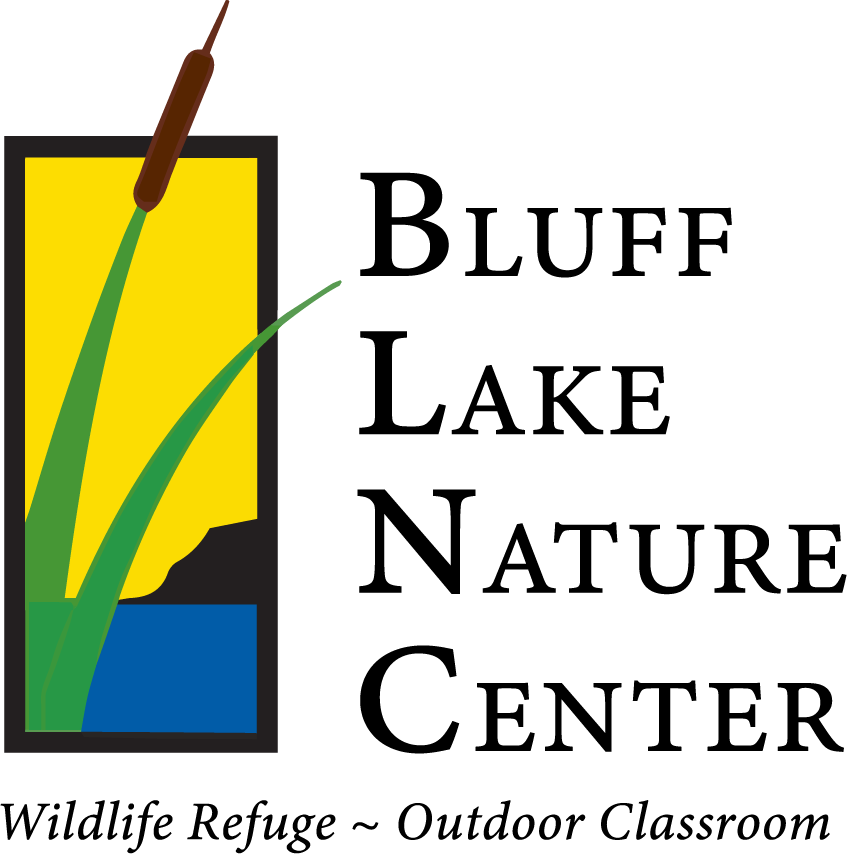Sand Sagebrush
Artemisia filifolia, known as sand sagebrush is a species of flowering plant in the aster family.
It is native to North America, where it occurs from Nevada east to South Dakota and from there south to Arizona, Chihuahua, and Texas.
Artemisia filifolia is a dominant species across much of the west-central United States, particularly in areas where the substrate is a deep, sandy soil. It is an indicator of sandy soils. It is efficient for preventing erosion on such soils.
Sand sagebrush ecosystems are important habitat types for many animals. Prairie dogs build towns in sandy sage grassland, and when they abandon them, burrowing owls move in. Sage grouse live in sand sagebrush, though they prefer big sagebrush.
Some animals eat the seeds, such as lesser prairie chickens and scaled quail. Lesser prairie chickens also use it for cover and nesting purposes.
Extensive removal of sand sagebrush has been shown to reduce the diversity and abundance of breeding birds in the habitat.

